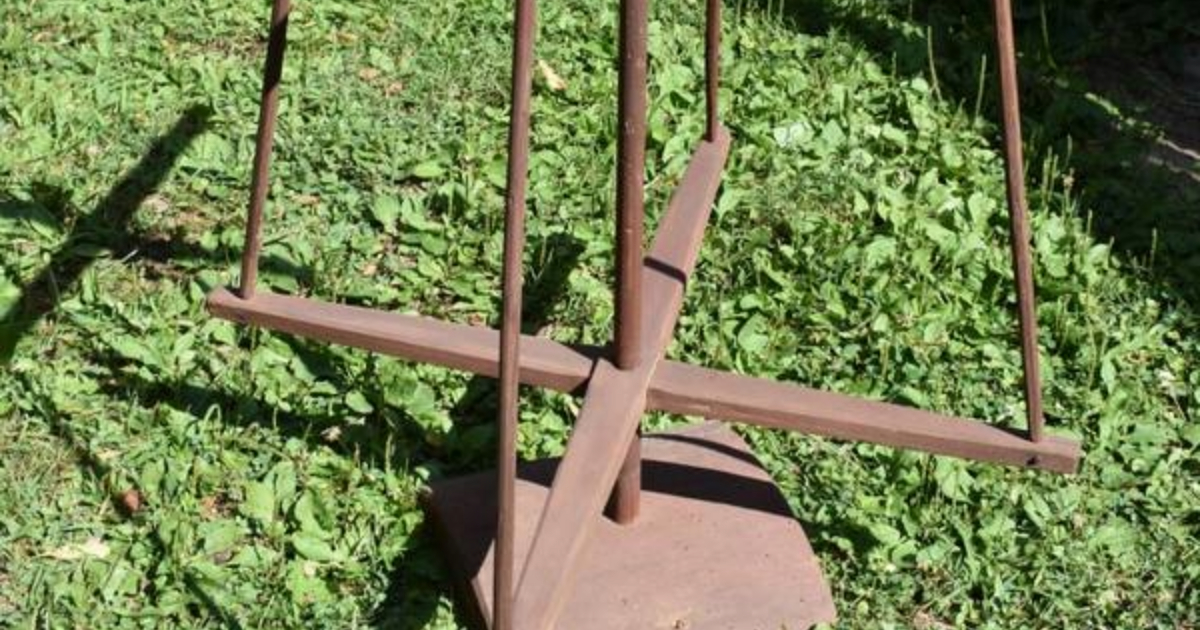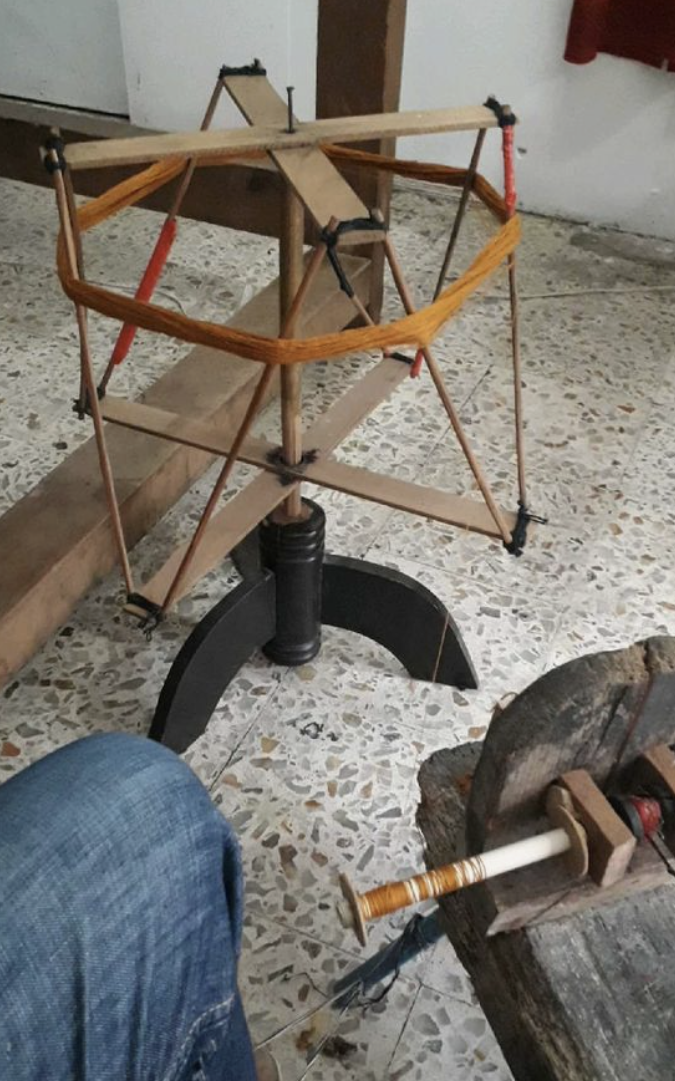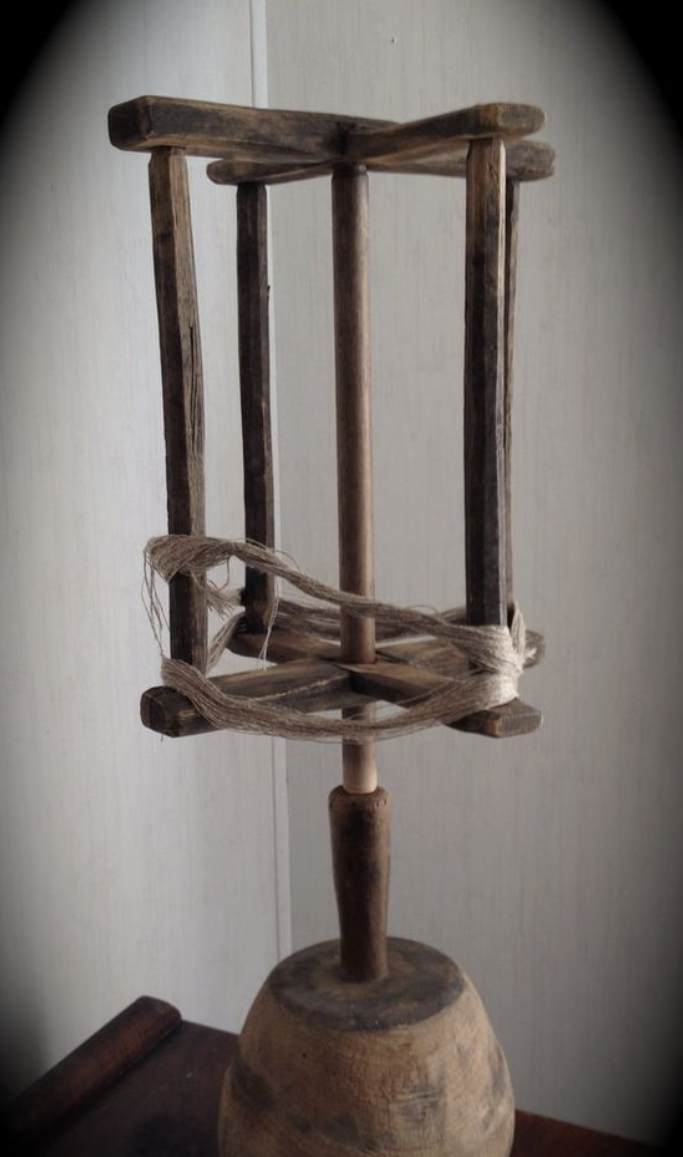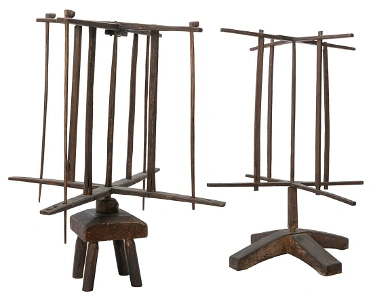
source: Philadelphia
In an period marked by the rhythmic clack of wood looms and the smooth whir of spinning wheels, the antique primitive swift yarn winder stands as a testomony to the ingenuity and craftsmanship of bygone times. This straightforward yet refined tool was an indispensable ally to people who spun yarn, irrespective of whether they were being competent artisans or homesteaders striving for self-sufficiency.
Image the scene: a cozy cottage home bathed in the golden glow of late afternoon daylight filtering by means of a paned window. Here, amidst the scents of beeswax and woodsmoke, a spinner sits by her wheel. Future to her, the yarn winder, also acknowledged as a swift, patiently awaits its position in the transformation of fleece into thread. It is a tool that whispers tales of a more simple time when handcrafted merchandise were not just a make any difference of artwork but a necessity of everyday living.
Crafted from sturdy wood, the yarn winder’s design is the two simple and poetic. Its cross-arms stretch out like the branches of an historic tree, holding the skeins of yarn as they are carefully unraveled and wound on to a bobbin. The swift could be modified to accommodate skeins of several sizes, its pegs moving to the rhythm of necessity. In a dance as previous as textile generating itself, the spinner’s arms operate in live performance with the winder, pulling and guiding the yarn with a practiced touch.

The yarn winder harks again to a time when textile manufacturing was a domestic affair, frequently relegated to the wintertime months when fields lay fallow and the harvest was in. It was a season for storytelling and craft, for the spinning of yarns both of those literal and metaphorical. These equipment performed their element in the narrative of survival and ease and comfort, contributing to the economic system of the residence and, by extension, to the much larger neighborhood.
As the Industrial Revolution surged forth, bringing with it the mechanical looms and cotton gins that would remodel the textile business, the yarn winder’s part evolved. No for a longer period a necessity, it became a relic of a bygone period, a curiosity to some and a beloved heirloom to other individuals. And however, for those people with a enthusiasm for historical past and a penchant for the tactile joys of hand-spun yarn, the swift remains a cherished carry out.
Collectors and craft fans alike may well appear on such a yarn winder in an antique store or, as in your situation, in the tranquil corner of a holiday break dwelling. Its presence evokes a sense of nostalgia, a longing for the tactile relationship amongst maker and materials. It speaks of a time when the rhythm of lifestyle was ruled by the seasons and the daylight hours, when the generation of a single garment was a course of action that spanned weeks or even months.

The swift yarn winder, a great deal like the spinning wheel, is imbued with the essence of persistence. It stands as a silent instructor, teaching us the worth of slowing down and appreciating the energy that goes into the development of something as seemingly easy as a strand of yarn. It is a physical backlink to our ancestors, who recognized the benefit of a very well-manufactured software and the worth of sustaining crafts that would otherwise be shed to time.
Now, as we come across ourselves in an age of quickly manner and mass creation, the antique primitive swift yarn winder gives a poignant reminder of the well worth of the handmade. It is a connect with to honor the traditions of craftsmanship, to figure out the natural beauty inherent in the operate of our hands, and to preserve the competencies and applications that have been handed down by way of generations.
In the hands of a modern-day-day artisan, the yarn winder nonetheless serves its function, echoing the sentiments of sustainability and mindfulness. It is a symbol of the burgeoning maker motion, a repudiation of the disposable society, and an embrace of the enduring and the genuine.

So as we stand just before this artifact of a less complicated time, let us not see just an item of antiquity but a beacon for the future—a long term wherever we look to the previous not with longing but with the knowledge that in these previous ways lie new truths, waiting to be unwound. The antique primitive swift yarn winder, then, is not just a device but a narrative, winding as a result of the fabric of background, reminding us that the threads of the previous are usually interwoven with the current.
Source: www.goodolddays.com


